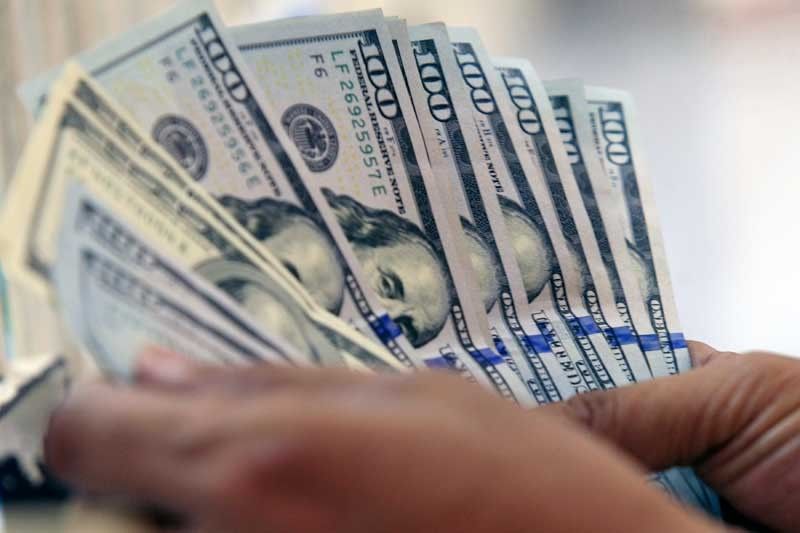Philippines remains at bottom of FDI inflows in ASEAN

MANILA, Philippines — The Philippines still lags behind most of its peers in Southeast Asia in attracting foreign direct investments (FDI) despite attaining record high inflows in 2017.
Data provided by the American Chamber of Commerce of the Philippines showed the country nonetheless improved as the fourth largest recipient of FDIs among ASEAN 6, or the six largest economies in Southeast Asia, last year with $10 billion.
Philippine FDI inflows exceeded Thailand’s $9.10 billion and Malaysia’s $9.06 billion in 2017.
From 2010 to 2013 and in 2015, the Philippines posted the lowest FDI inflows among the six economies. It recorded the second lowest FDI level in 2014 and 2016, the AmCham data revealed.
Despite the improvement last year, the amount of FDI the country received still paled in comparison with the top three recipients namely, Singapore ($63.57 billion), Indonesia ($22.17 billion) and Vietnam ($14.10 billion).
“After years of low FDI, inflows began rising in 2013, reaching $10 billion in 2017, comparable to inflows of Malaysia and Thailand. However, in 2017, Indonesia reached $22 billion and Vietnam $14 billion. Although the Philippines has 16 percent of ASEAN’s population, it receives less than eight percent of the total ASEAN FDI,” AmCham Philippines said in its report.
AmCham said there are “troubling indicators” that significant potential foreign investments, especially in information technology and manufacturing at economic zones, are being postponed and even going to competing countries.
“While the country’s net FDI inflow reached record volumes in recent years, reflecting the high growth and high potential of the country, a large majority of inflows comprised ‘intercompany borrowings’ involving existing locators who probably do not receive incentives. The BOI and PEZA approval data for new projects reflect a declining level of new foreign investor interest,” the group said.
This has led the group to question as to whether the Philippines is capable of receiving as much FDI as Vietnam, which has emerged as a major FDI destination in ASEAN in recent years.
AmCham said the Philippines and Vietnam are nearly compatible in most aspects, with the sizes of their workforces almost similar.
It said the Philippines, however, has an important advantage as an English-speaking nation, but also has downsides such as major manufacturing cost factors like electricity, minimum wages, and number of non-working holidays are considerably higher.
“Experts agree the Philippines has the potential to compete with Vietnam in manufacturing. However, Philippines success will depend on how well the Philippines can reduce the gap in costs of production. Also critical is to preserve the value of PEZA and other economic zones and to manage carefully any transition from current fiscal incentives to the new regime under TRAIN 2,” AmCham said.
- Latest
- Trending































